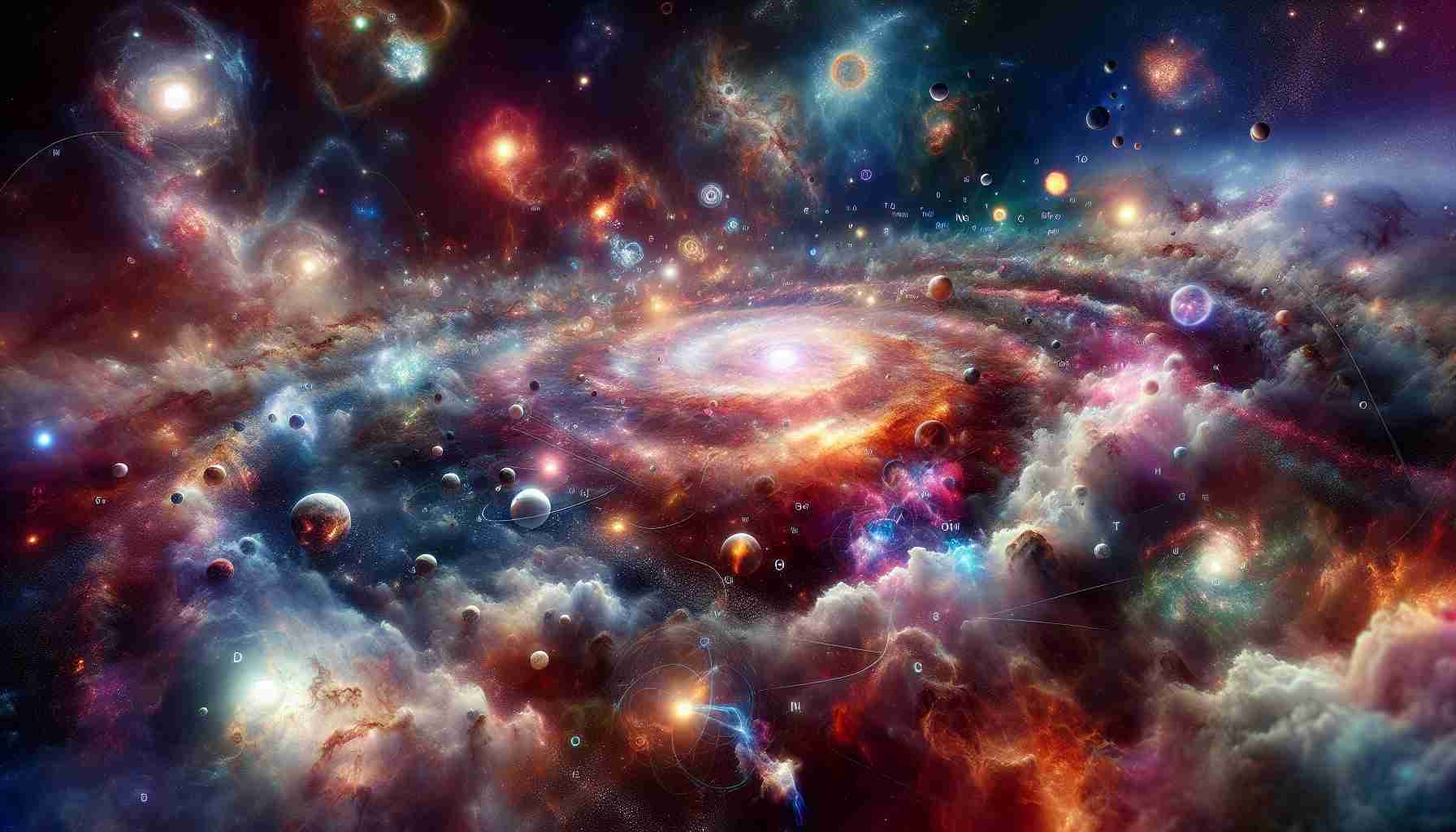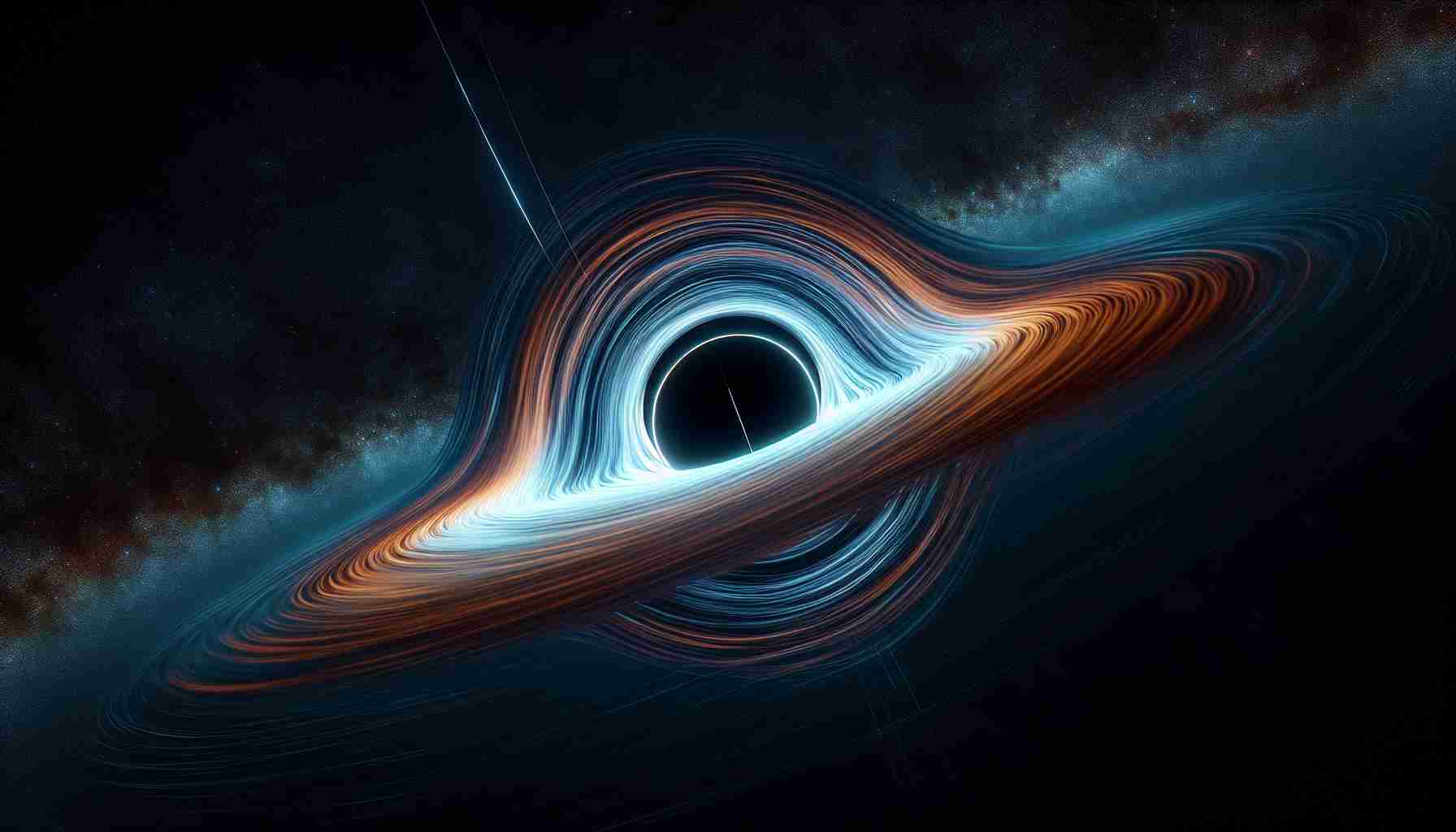New Insights into Galactic Chemical Enrichment from Stellar Spectroscopy
Stellar Elements Unveiled: Stars, the celestial beacons, are not just twinkling lights in the night sky. They hold the secrets of elemental creation, offering glimpses into the universe’s past. As stars evolve, they forge elements like magnesium, argon, and iron through intense nuclear fusion processes. When these stars ultimately meet their fiery end in supernova explosions, they release these newly formed elements into space, enriching the cosmic backdrop.
The Cosmic Symphony: The life cycles of stars span millions to billions of years, ending in spectacular events like core-collapse supernovae or Type Ia supernovae. Each type of explosion yields a distinct elemental fingerprint, painting a unique story of stellar evolution. By analyzing the composition of stars, astronomers can decipher the cosmic symphony that echoes through the universe.
Tracing Galactic History: Oxygen and argon serve as cosmic detectives, revealing clues about the past events in galaxies. By studying the ratios of these elements, researchers can infer the occurrence of different supernova types throughout cosmic history. Examining the chemical evolution of galaxies sheds light on the diverse pathways that shaped the universe we inhabit today.
The Enigma of High Redshift Galaxies: Observations of galaxies at early cosmic epochs reveal unexpected anomalies in the abundance of argon relative to oxygen. The origin of this discrepancy poses a tantalizing puzzle, prompting speculation about dual starburst events and pristine gas infall. New stellar evolution models are required to reconcile these intriguing findings with established cosmic frameworks.
Unlocking Cosmic Mysteries: Through meticulous spectroscopic analyses and theoretical simulations, scientists continue to unravel the intricate tapestry of galactic chemical enrichment. Each discovery brings us closer to understanding the cosmic origins of the elements that form the building blocks of galaxies and stars.
Unveiling Stellar Origins: In addition to creating elements like magnesium, argon, and iron, stars also produce a variety of other elements through their nuclear fusion processes. Elements such as carbon, nitrogen, and silicon are also synthesized within stars and released into space upon their demise. Understanding the full range of elements forged in stars can provide deeper insights into the complex processes underlying stellar evolution.
Probing Elemental Abundances: Apart from oxygen and argon, elements like sulfur, calcium, and titanium play crucial roles in unraveling the chemical history of galaxies. By examining the abundances of these elements in stars across different regions within galaxies, researchers can piece together the intricate story of how chemical enrichment has unfolded over cosmic timescales. Such detailed analyses offer a comprehensive view of galactic evolution.
Key Questions and Challenges:
– Question: What role do short-lived massive stars play in contributing to the chemical enrichment of galaxies?
Answer: Massive stars, despite their short lifespans, are responsible for producing a significant amount of heavy elements that enrich galaxies, influencing their overall chemical composition.
– Question: How do varying supernova explosion mechanisms impact the elemental ratios observed in stars?
Answer: Different types of supernova explosions, such as core-collapse and Type Ia supernovae, contribute distinct elemental signatures to galaxies, complicating the interpretation of elemental ratios.
– Challenges: One of the key challenges in studying galactic chemical enrichment is disentangling the contributions of multiple stellar populations and supernova types to the observed elemental abundances. Additionally, uncertainties in stellar evolution models and observational limitations can hinder efforts to accurately reconstruct the chemical history of galaxies.
Advantages and Disadvantages:
– Advantages: Stellar spectroscopy provides a direct window into the chemical compositions of stars, enabling detailed investigations of elemental abundances with high precision. Theoretical simulations complement observational data, offering insights into the underlying physical processes driving galactic chemical evolution.
– Disadvantages: The complexity of interpreting spectroscopic data from a diverse range of stars and galaxies poses challenges in establishing robust conclusions about galactic chemical enrichment. Furthermore, discrepancies between observational findings and theoretical predictions can lead to uncertainties in our understanding of the mechanisms shaping galactic evolution.
For further exploration of galactic chemical enrichment and stellar spectroscopy, you can visit NASA for cutting-edge research and discoveries in astrophysics.













